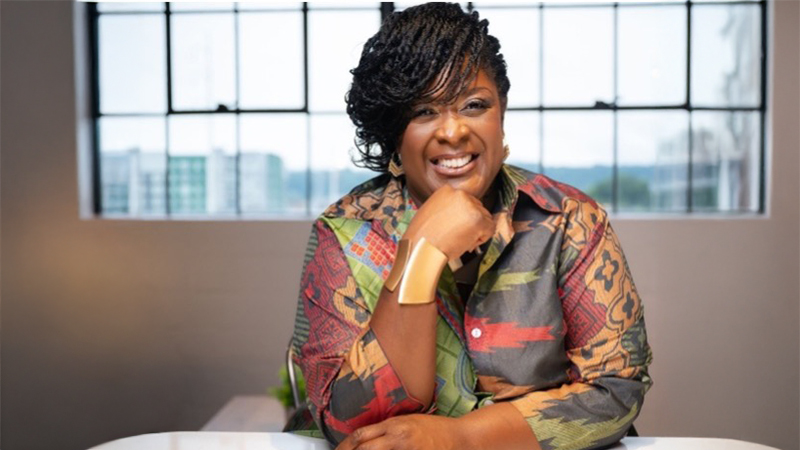How to Bring Your School Community Together to Advance Racial Justice


How can we engage school communities in addressing racism and rethinking the up coming school year? “I’d bring people together,” suggests Beulah McLoyd, when asked about how to teach students to push for racial justice within their spheres of influence. A New Leaders alum and former principal of Walter H. Dyett High School for the Arts in Chicago, she adds: “We need to keep the dialogue going, even if we have to do it virtually. We need to focus on solutions.”
McLoyd knows well the power of community action. In September 2016, she led the reopening of the Walter H. Dyett School for the Arts after community members went on a 34-day hunger strike to oppose the district’s plan to close the school building. Families and activists demanded a high-quality public school for Black and brown students that was within walking distance of their homes. Located in Washington Park on the South Side of Chicago, the school is now among the highest performing schools in the city.
Demands for equity in schools are amplifying as the national outcry for racial justice continues to swell. Educators and leaders across the country are grappling with how to leverage this moment to help everyone – students, families, staff – think about long-term substantive change. We asked McLoyd, who currently oversees New Leaders’ district partnerships in the Midwest, what she would be doing right now if she were still leading at Dyett.
Her suggestions are twofold: First, create a short-term action plan for 30 to 60 days, including an analysis of where your school is, where you want to be, and how to bridge that gap. Then, revisit your long-term strategic plan to zero in on systemic changes for the upcoming school year.
Aligned with New Leaders’ evidence-based Transformational Leadership Framework, McLoyd recommends the following actionable steps (as illustrated below) to bring your school community together and keep your focus on three priority leadership areas: school culture, learning and teaching, and talent management.

Central to McLoyd’s approach is agency. “Right now, there is momentum,” she observes. “We need to continually engage all students in learning experiences that help them to analyze their current context, develop solutions, and understand their sphere of influence and power to affect change in their communities.” The same is true, she argues, for school leaders, even as they also navigate the COVID-19 pandemic. Her advice to leaders is to listen, be empathetic, and bring everyone into the conversation.
“If we don’t capitalize on the momentum,” McLoyd advises, “we run the risk of going back to how things were – and how things were did not work for our Black and brown students and our most vulnerable kids.” By coming together virtually, principals, staff, students, and families can optimize the summer months to address racial injustice and begin to break down inequitable systems, building the kind of schools all students deserve in this moment and beyond.




.svg)
.svg)
.svg)
.svg)



.svg)
.svg)








